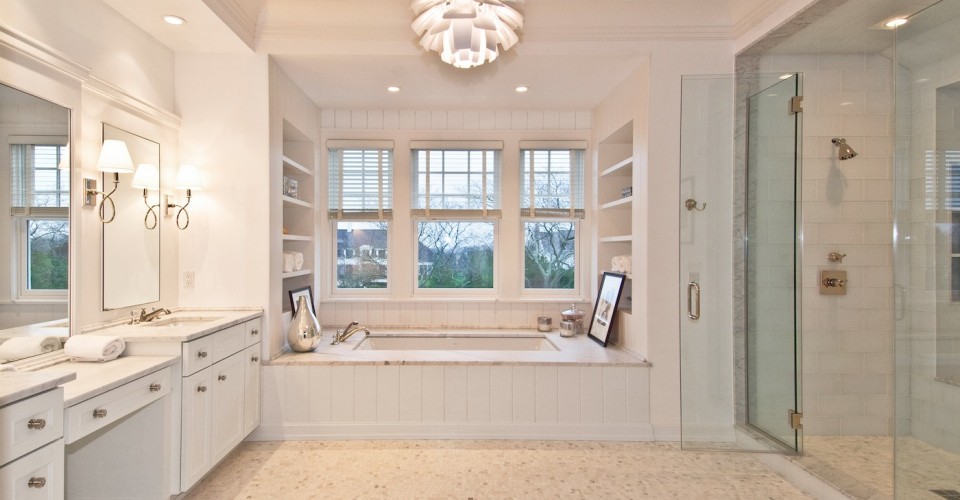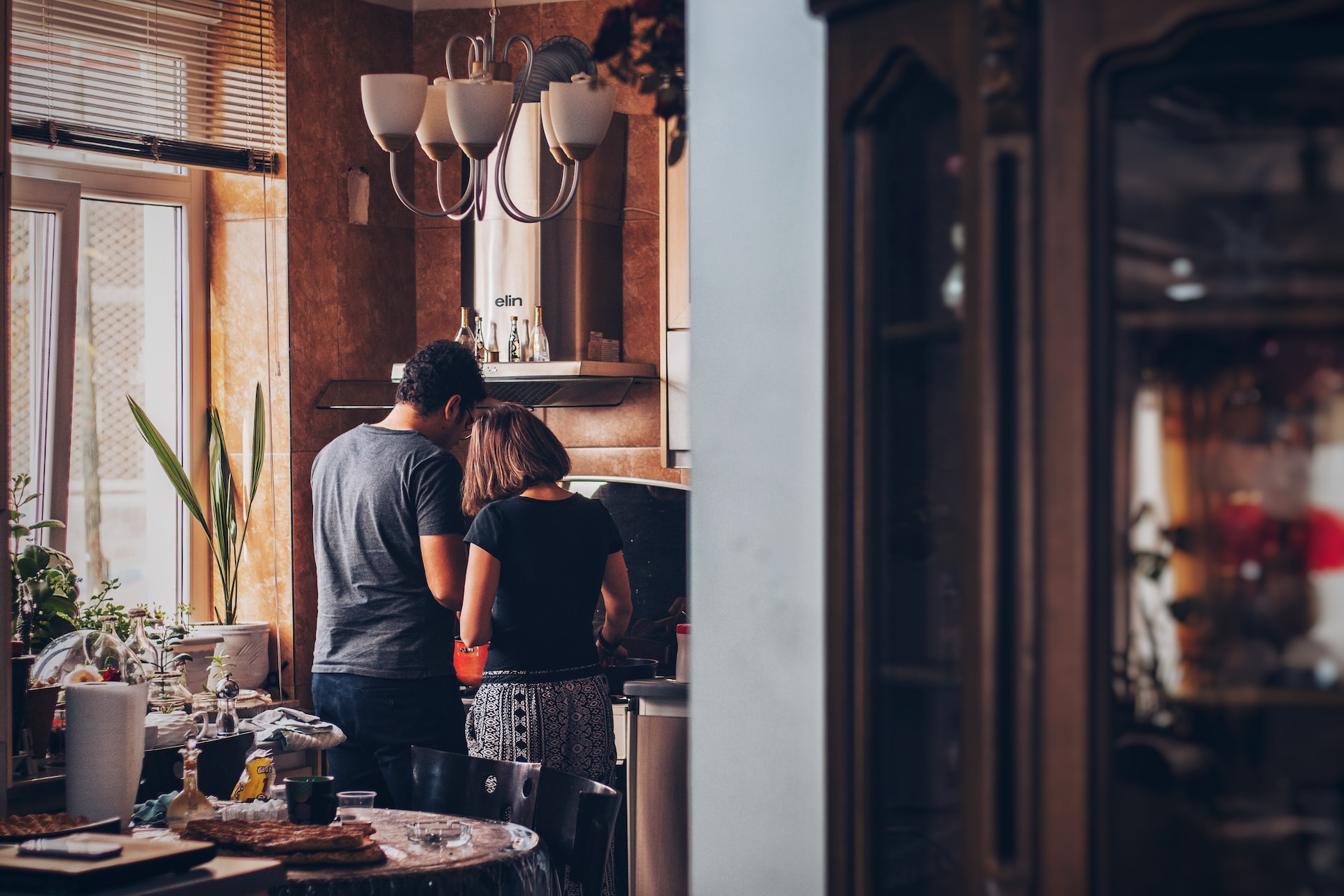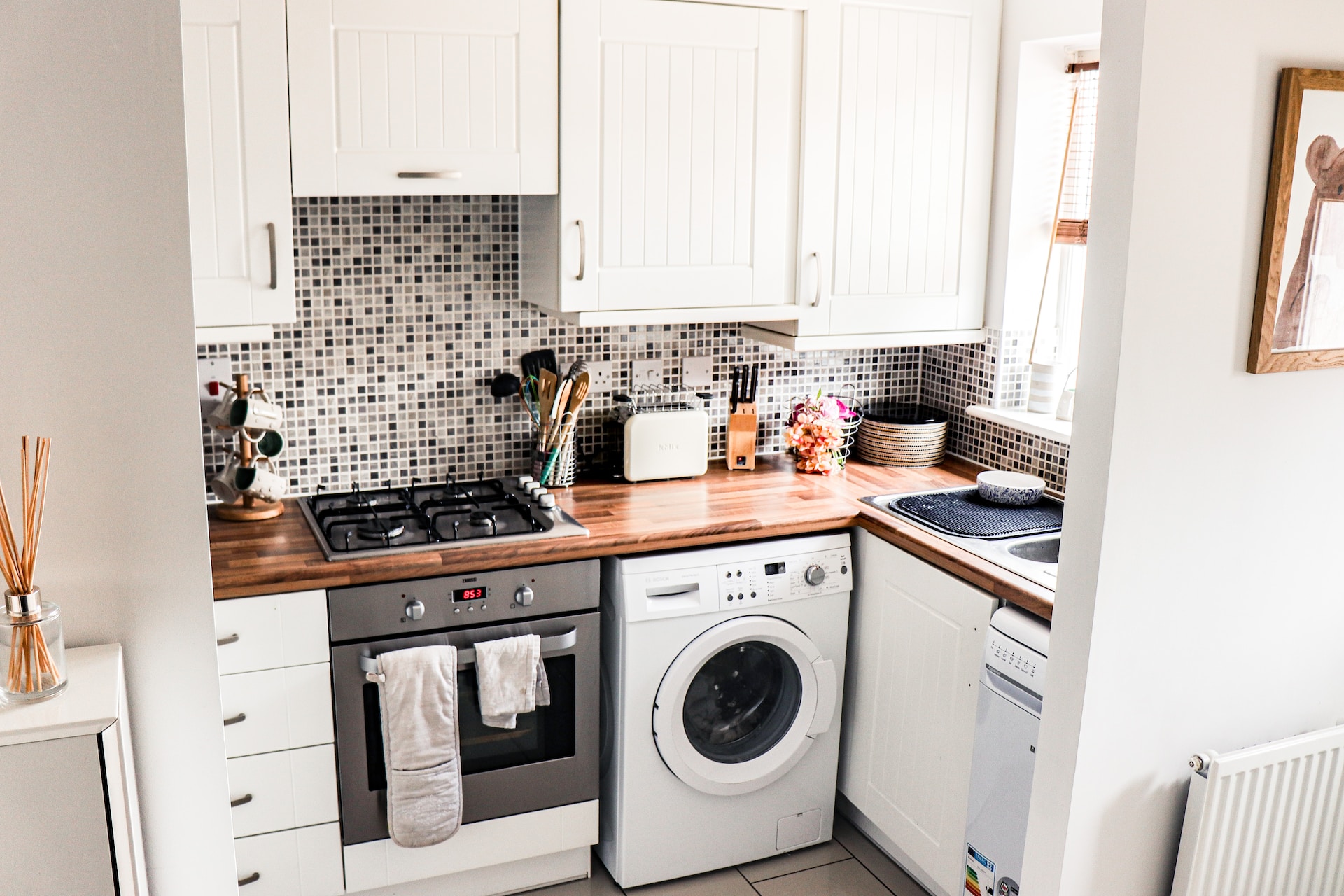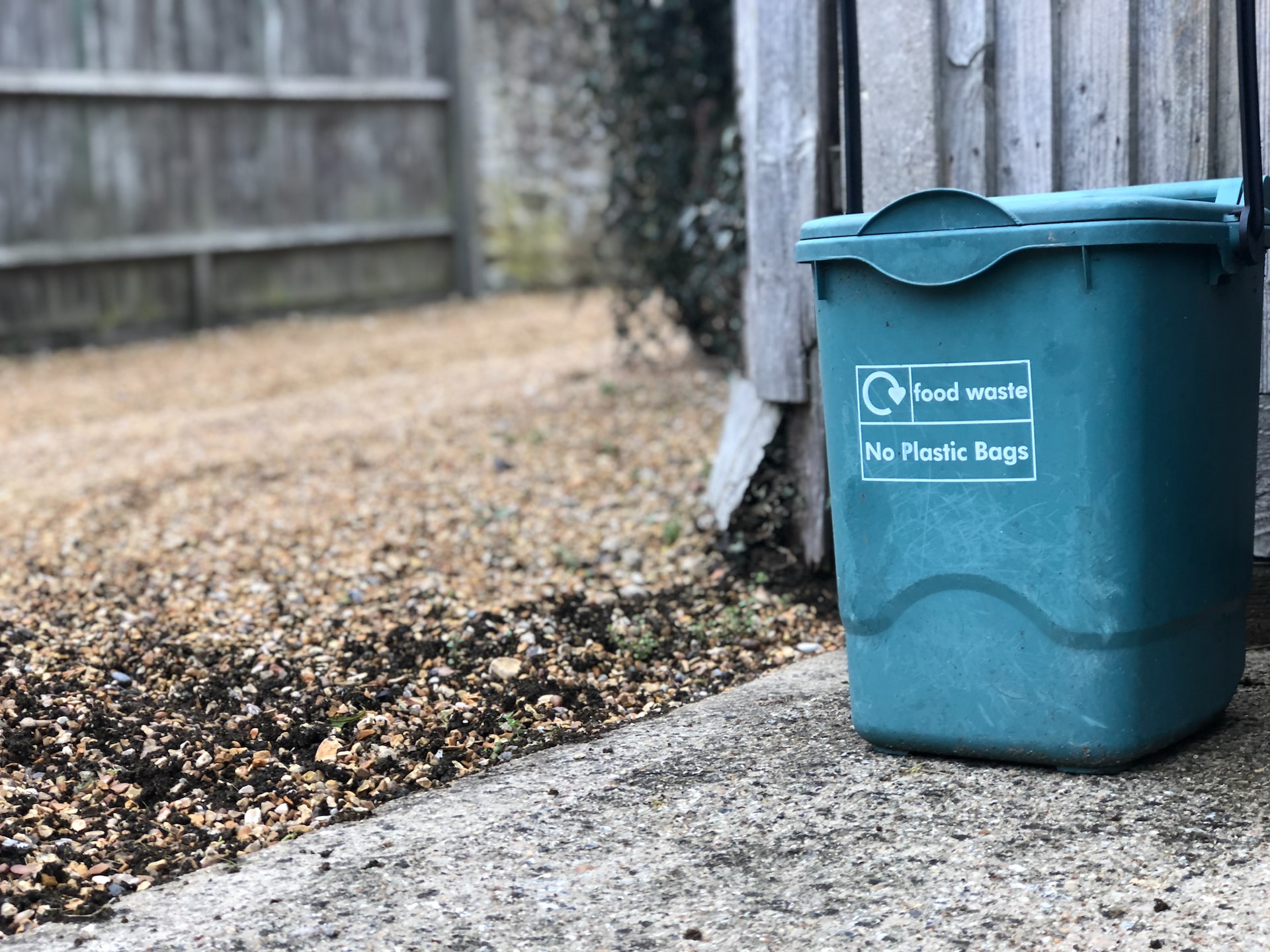Excellent lighting in the bathroom is very important: not only do we need to see ourselves and attend to bodily needs, we need to make sure that the room is well-lit for safety purposes. The best lighting design for any room is having enough light sources for the task at hand, having light coming from different directions and having the best bulbs for the room. Like the kitchen, when specific tasks need to be performed, the bathroom needs to have lighting that provides safety and functionality.
For some of the most common bathroom tasks, like grooming, teeth cleaning, hair and makeup, you’ll want to have excellent, white light that casts few shadows. For body care and bathing, a general ambient light usually suffices. Having lights on dimmers is best: this way you won’t hurt your eyes first thing in the morning or in the middle of the night. Dimmers can also be great for those households where leaving the bathroom light on all night is a must. Following these rules will help create the best overall lighting design for the bathroom.
Common light sources in the bathroom
Our bathrooms are where we go to attend to our bodies. We groom, prepare ourselves for the day or unwind. There are a multitude of tasks that we usually do in the bathroom and these tasks may require a different light placement. For example, applying makeup requires different lighting then taking a bath or drying your hair. Because a bathroom is rather small, you might think that you can get away with only a couple of ceiling lights. However, having the right placement of light will ensure that the entire bathroom is multi-functional.
Ceiling lights: this type of light source is great for overall room lighting or ambient light. This type of light placement forces light downward onto the tops of our head or the tops of surfaces, casting shadows along the way. It’s considered to be the least flattering type of light for the face however it’s great for lighting up the whole room. If your ceiling or overhead lights are on a track, you can direct the bulbs to shine on specific objects like artwork or the shower. Some ceiling lights can be combined with ventilation fans.
Wall lights or sconces: Lights placed at eye level are best for applying makeup or inspecting your face. This type of light direction doesn’t cast shadows along the facial features (think of the classic makeup mirror that has bulbs on either side of the mirror). Having multiple bulbs is better than having just one on either side – you’ll get the most even lighting with more light sources. If your sconces have lampshades or diffusers, be aware that the fabric or material may filter out certain colors from the bulb. When applying makeup, you want the broadest spectrum of light so you can accurately see the colors, so lampshades may not be the best choice for makeup. For decorative sconce lighting elsewhere within the bathroom, shades can help diffuse the light and make the bulb not as sharp.
Chandelier lights: The purpose of the chandelier or pendant lamp in the bathroom is usually decorative. The fixture may throw off light however its really meant to compliment the other lighting within the room. Any chandelier you install should be rated for bathroom application and be placed high enough above main walkways.
Windows or skylights: Having natural light in the bathroom is ideal. Not only is this the most accurate type of light with the best color rendering index, you’ll find that during the day you won’t need to turn on the lights quite as much. Skylights are another beneficial light source. Even on grey days, filtered light can create a greater sense of space within the bathroom and flood the room with light.
Night lights: Some homeowners are choosing to add specialized lights that are designed to stay on during the night and serve as a night light. The wattage for these lights is very low and the placement is sometimes near the sink, toilet or near the floor to help homeowners safely use the bathroom during the night.
Best type of light for the bathroom
The best type of light bulb for the bathroom is one that is energy efficient, has a cool light output, and illuminates the full spectrum of lights.
CFLs and LEDs: Compact Fluorescent Lights (CFLs) use about 75% less energy than an incandescent light bulb and lasts about 8-15 times longer. CFLs are usually tubular in shape and take time to “warm up” once you turn on the light. They put out less heat than an incandescent bulb but more heat than an LED. The bulbs break easily and may be affected by humidity. Light Emitting Diodes (LEDs) are known for their durability and low energy usage. They aren’t affected by humidity and put out a very low amount of heat. LEDs use a lot less electricity than CFLs or incandescent bulbs and have about half the operating cost compared to a CFL bulb.
Color temperature (in Kelvin): The best type of color temperature for a bathroom is Cool White/Bright White or Daylight. Most light bulb packages describe bulbs as Soft White (2700K-3000K), Cool White/Bright White (3500K – 4100K) and Daylight (5000K-6500K). The higher the Kelvin temperature, the whiter the light output. It’s important to remember that a “whiter” light appears brighter however, the actual brightness depends upon the Lumens.
Color Rendering Index (CRI): The CRI of a light bulb refers to the ability to illuminate, or show, the full range of colors in the spectrum. The CRI is rated from 0-100 with 100 being closest to natural daylight. In the bathroom, a CRI of 90-100 is best so we can accurately see the full range of colors in our skin, makeup, hair and clothing with the best color accuracy possible.
Other types of bathroom lighting
Heat lamps: Although heat lamps may seem like an antique item in the bathroom, you can still find them on the market today. Newer heat lamp bulbs use about the same amount of energy as an incandescent light and can help warm up a bathroom quickly. These bulbs are quite bright but their main purpose is heat.
Incandescent: Incandescent bulbs are the typical bulb that we see in most lighting applications. It’s the soft, warm light that our eyes have grown accustomed to. With recent changes in lighting, our eyes are starting to get used to a different type of light output than before. Incandescent lights use more electricity and get hotter than LEDs and CFLs and their bulbs break easily. Some people prefer the warm light of an incandescent however in the bathroom, it’s generally not as functional as an LED or CFL.
Bathroom lighting tips & tricks
Mirrors: Having more reflective surfaces can really help distribute light throughout the room. Mirrors, an obvious must-have for the bathroom, are really effective for this purpose. A mirror above the sink is the best placement but consider having side mirrors or a length mirror elsewhere in the room. Having a mirror opposite another mirror can also help you see the back of your head (for hairstyling) and provide more light in the space.
Makeup application: One of the primary bathroom tasks that requires specialized lighting is putting on makeup. Why? Makeup is an action that is completely reliant upon color accuracy, color blending and manipulating the features of the face. Because of this, you’ll want to have a very even, high color spectrum type of bulb illuminating your face and work surface. If you are applying makeup to head to the office (which most likely uses fluorescent lights), this at-home lighting will mimic the office lighting. If you are applying makeup to head to a lower-light environment (like an evening out), you may want to consider having other types of light in the room that mimic a more incandescent light. Makeup artists usually have multiple types of lighting or bulbs so they can quickly see how their work looks in different lighting.
Energy savings: Like all rooms in the home, the bathroom is a place where you can save on energy costs by simply changing out your bulbs. Be sure you are aware of what type of bulbs you are currently using and make sure they are the most energy efficient. Additionally, consider placing your various light stations (vanity lights, overhead lights, shower lights, etc.) on different switches. This will ensure that when you are using the bathroom, you are only using the light bulbs you need.
Here you can find a bathroom remodel cost calculator, to determine the cost of your project.
If you’d like to speak to a professional about your lighting project:
Top image credit: Benco Construction
When you make a purchase using affiliate links on our site, we may earn a commission.




